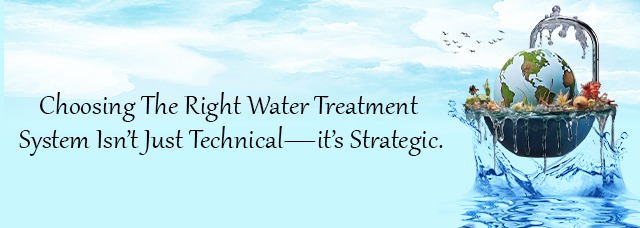WTP vs RO: Choosing the Right System for Industrial Use
When it comes to industrial water treatment, selecting the right system is critical for efficiency, cost-effectiveness, and regulatory compliance. Two common options are Water Treatment Plants (WTPs) and Reverse Osmosis (RO) systems — but which one is right for your facility?

What is a WTP?
A Water Treatment Plant (WTP) removes impurities such as suspended solids, turbidity, iron, and hardness using physical and chemical processes. It is ideal for industries that:
- Use surface water or groundwater
- Require basic treatment for utilities or manufacturing
- Don’t need ultra-purified water
Best for: Construction sites, textile, steel, and general manufacturing units.
What is an RO System?
Reverse Osmosis (RO) uses semi-permeable membranes to remove dissolved salts, heavy metals, and microorganisms — providing high-purity water. It’s perfect for:
- Pharma, electronics, and food & beverage industries
- Processes needing demineralized or ultra-pure water
Best for: Sensitive applications where water quality is critical.
Key Differences at a Glance:
| Feature | WTP | RO System |
| Removes | Physical & chemical impurities | Dissolved salts & microbes |
| Cost | Lower setup & O&M | Higher setup & maintenance |
| Output Quality | Moderate | High-purity |
| Water Wastage | Minimal | High (30–50%) |
Which One Should You Choose?
- Go for WTP if your industry requires general-purpose treated water.
- Choose RO if your process demands highly purified water with low TDS.
For some industries, a combination of WTP + RO offers the best results.
Need Expert Help?
At Sai BioCare, we design customized WTP and RO systems for industrial and commercial needs — from consultation to commissioning.
Contact us today to find the right water treatment solution for your business.
